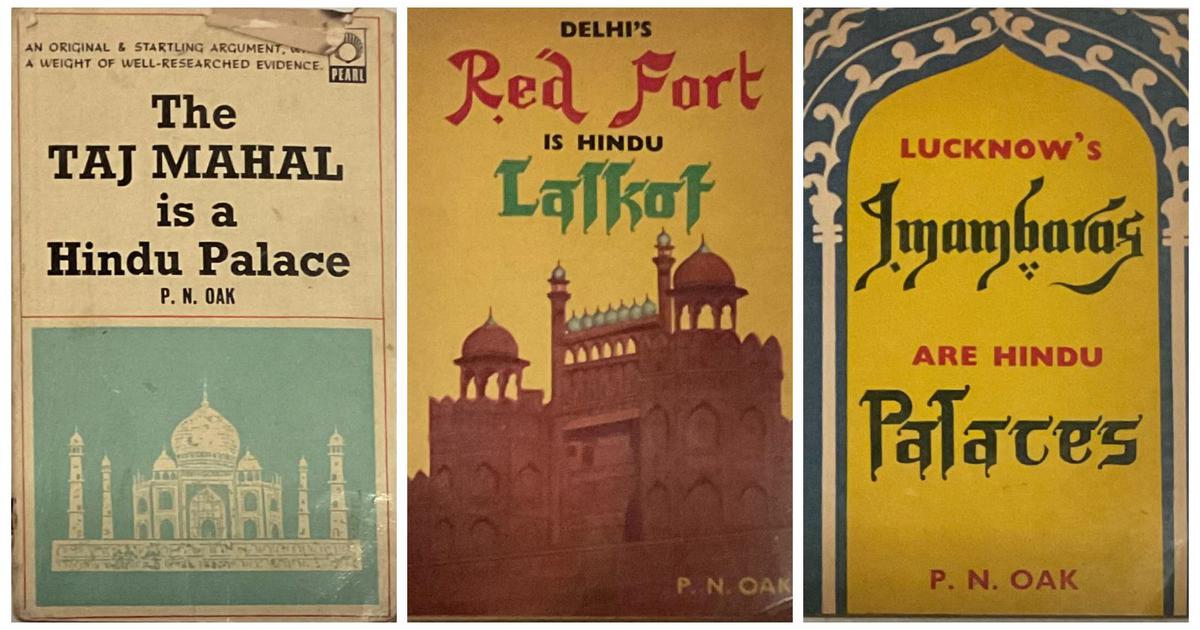
Historian William Dalrymple caused a flutter last week by appearing to blame Indian historians for the rise of what he called “WhatsApp history” in India – fake narratives masquerading as history that are often spread to push political narratives, especially Hindutva.
“My personal bugbear is that the study of history in academia entered a long phase from about the ’50s through to the beginning of the present century, where academics only talked to themselves, and often did so in deliberately obscure language of the Subaltern Studies Collective and so on…” he said. “As a result, you’ve got the growth of ‘WhatsApp history’ and ‘WhatsApp University.’ It was the failure of Indian academics to reach out to general audiences.”
While Dalrymple’s criticism of India’s historians created a controversy, what is uncontested is the rise of “WhatsApp history”. One of the starkest cultural consequences of the mass accessibility of the internet in India is the proliferation of fake history.
Much of this has been crucial to the rise of Hindutva. Dalrymple notes that this pseudo history has seduced many into believing that plastic surgery existed in ancient India, that the Mahabharata contains references to atomic bombs and the Ramayana to sky vehicles like helicopters.
But much more politically relevant is the portrayal of the Muslim kings and emperors of mediaeval India as tyrants who, though a small minority, were engaged in constant religious warfare with the country’s vast Hindu majority.
Dalrymple is not entirely wrong for identifying the “failure of Indian academics to reach out to general audiences”. Part of the reason “WhatsApp history” has been so successful is that well-researched academic history has never been well disseminated. It was always confined to a small circle of historians.
Accessing this for ordinary readers was difficult, if not impossible. Besides, just going by the arcane language register in which so much of academic history is written, its lack of popular appeal is clearly a matter of design.
This story was originally published in scroll.in. Read the full story here.






